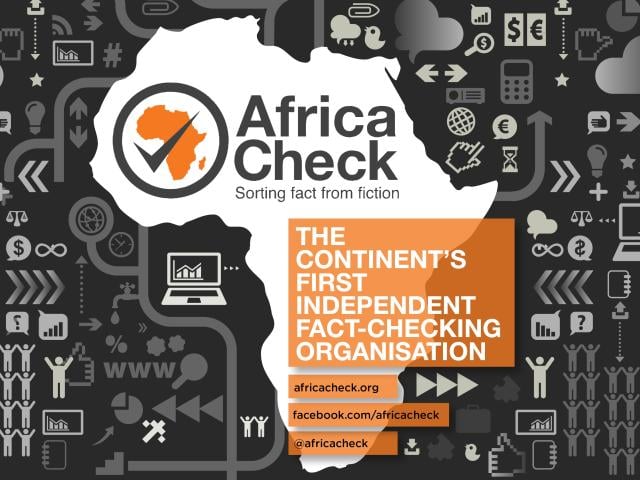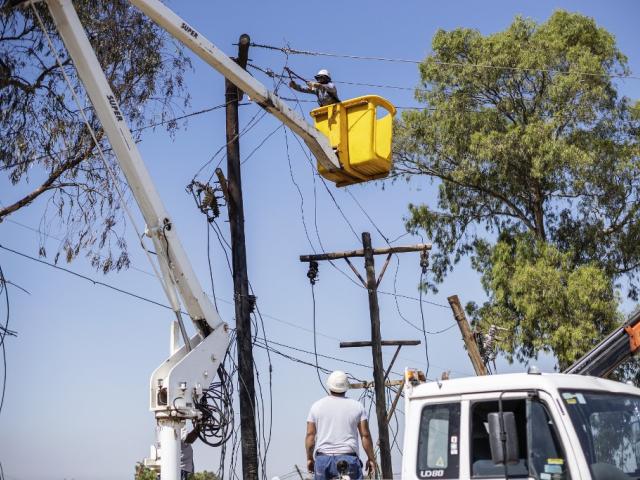South Africans are set to vote for district, metropolitan and local municipal council representatives in nationwide local elections on 1 November 2021.
Service delivery is again an important topic in political parties’ election manifestos.
The African National Congress, Democratic Alliance and Economic Freedom Fighters have all promised to improve access to sanitation – toilets and sewage systems.
What share of South Africans have access to sanitation? And what percentage of households have no sanitation facilities, or use bucket toilets? We answer these and other questions.
1. What percentage of South Africans have access to sanitation?
Statistics South Africa’s annual general household survey records data about sanitation. The latest survey is for 2019. The Covid-19 pandemic delayed the 2020 survey, Stats SA’s service delivery statistics manager Niël Roux told Africa Check. It’s likely to be released on 28 October 2021.
In 2019, 82.1% of South Africans had access to “improved sanitation”. This means “flush toilets connected to a public sewerage system or a septic tank, or a pit toilet with a ventilation pipe”. In 2002, the share was 61.7%
The provinces with the highest access to improved sanitation were the Western Cape (94.5%) and Gauteng (90%), which also had the best access to flush toilets. The lowest rates were in Mpumalanga (63.7%) and Limpopo (63.4%).
The Eastern Cape had the greatest improvement, from 33.4% in 2002 to 87.6% in 2019.
2. What percentage of households use bucket toilets?
Despite improvements in access to sanitation, 2.4% of households still have no toilets or use bucket toilets. This is a drop from 12.6% in 2002.
The 2019 general household survey found that around 1.1% of households “claimed that they were using bucket toilets that were supplied and cleaned by their local municipalities, an accusation that municipalities vehemently deny”.
3. Access to sanitation in metros
Like urban provinces, metropolitan areas generally had good access to sanitation, averaging 90% access to improved sanitation – 7.9 percentage points above the national average.
Mangaung, at 76.5%, had the lowest rate among the metros, and Nelson Mandela Bay (95.8%) and Buffalo City (95.1%) the highest.
4. What was the situation in 1994?
South Africa’s 1996 census is probably the “earliest credible data” on access to sanitation. It found that 50.3% of households had access to chemical or flush toilets.
Statistics from the early 1990s should be compared with caution to more recent figures. This is because of differences in sampling, methodology and definitions.








Add new comment